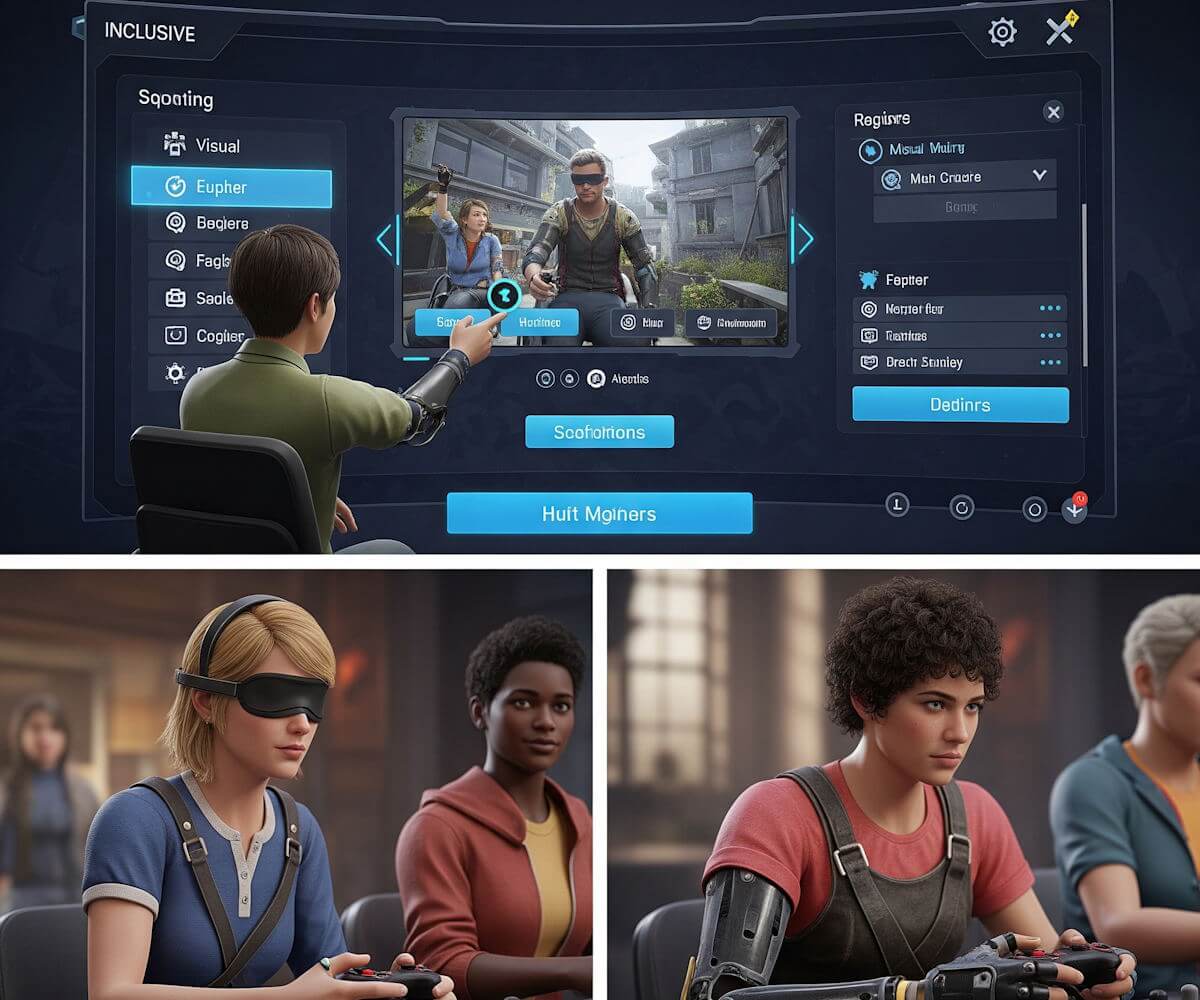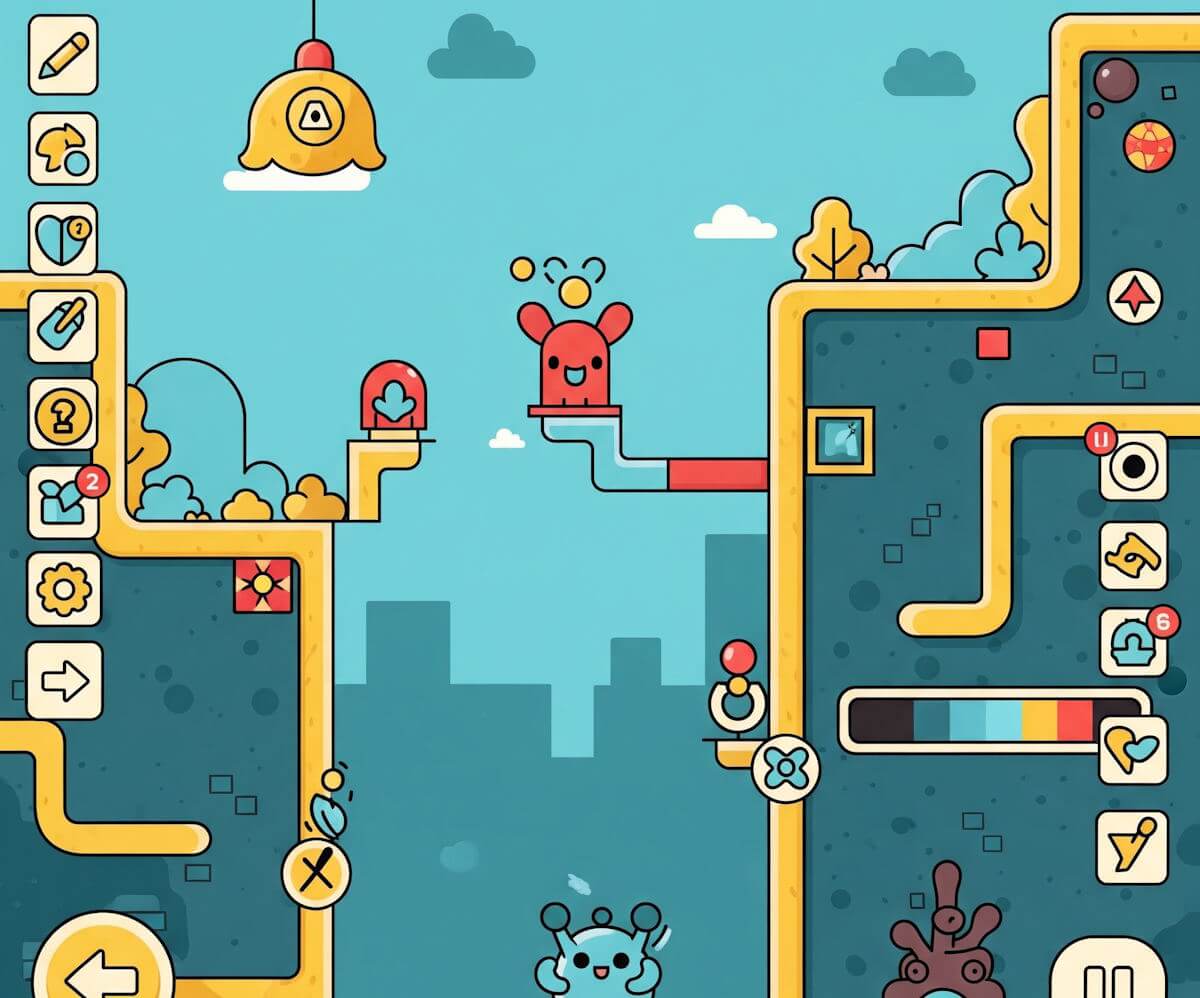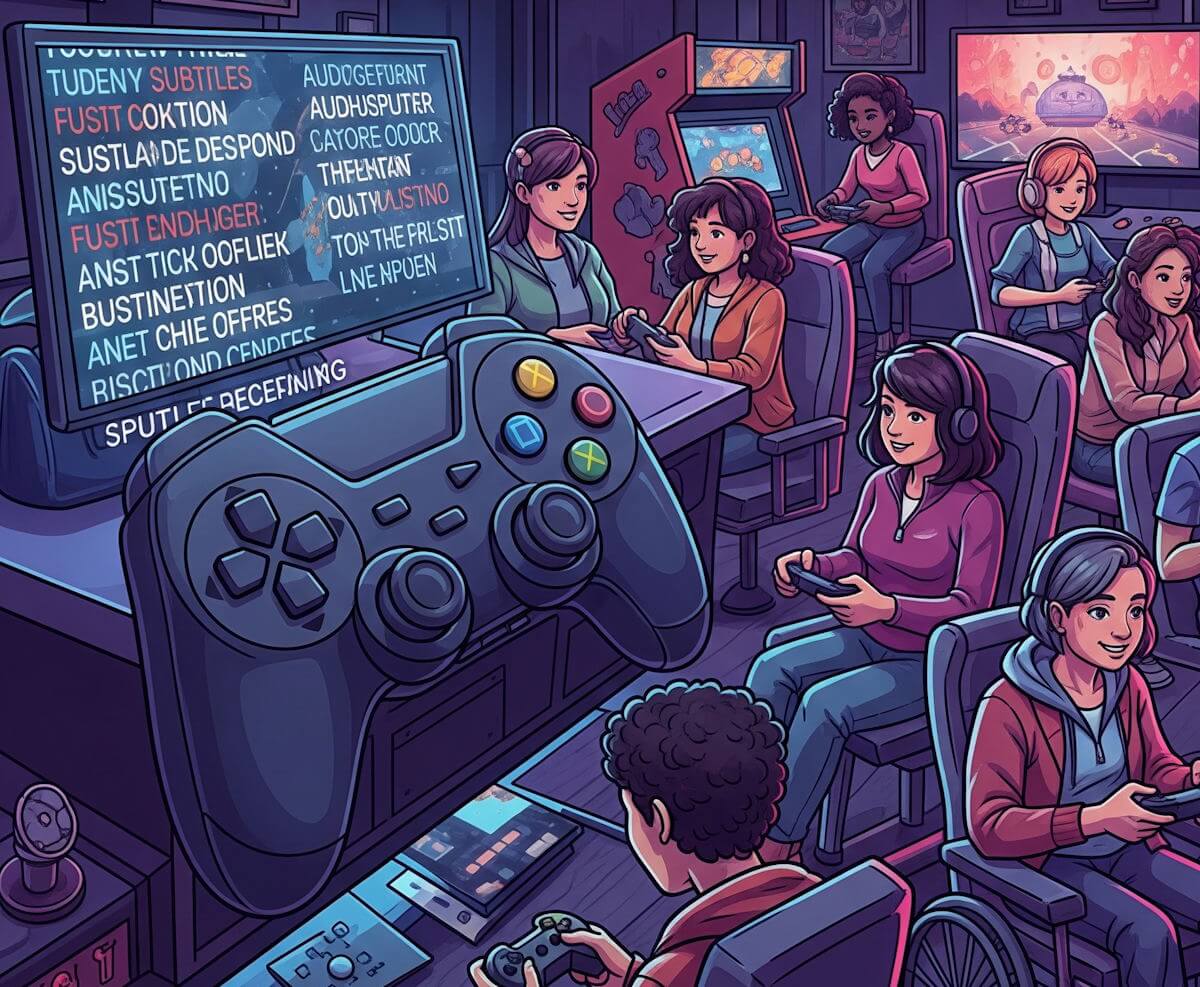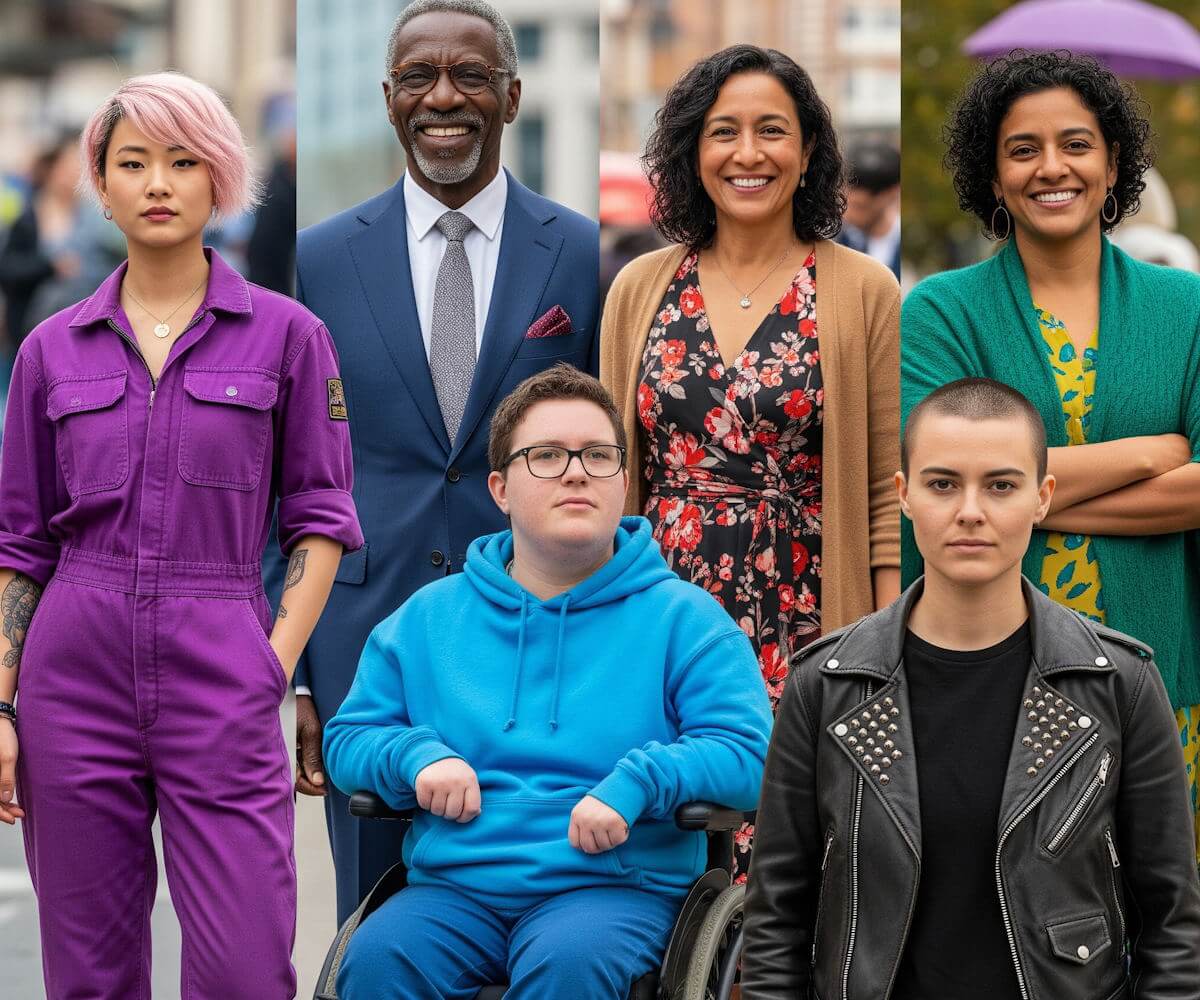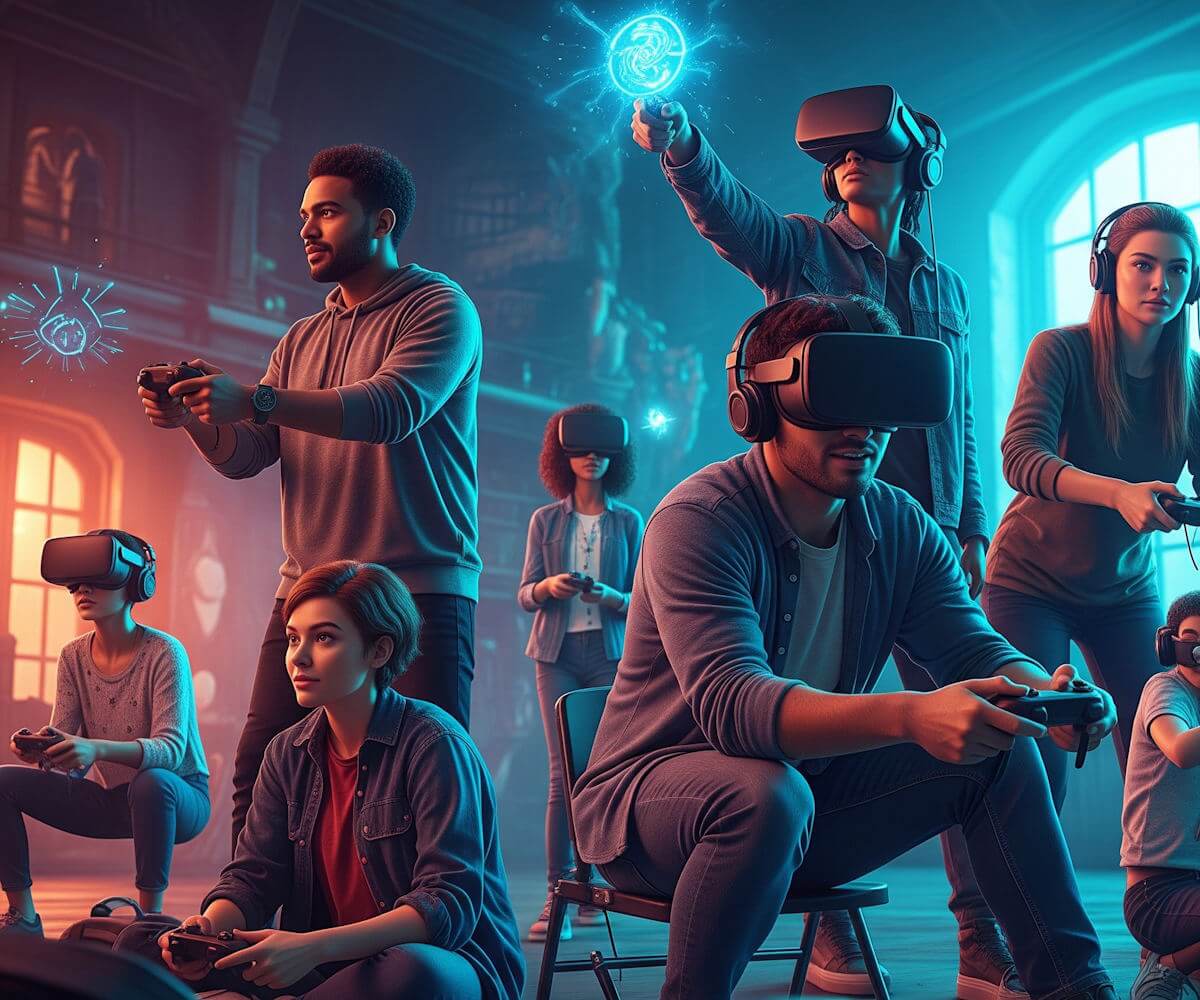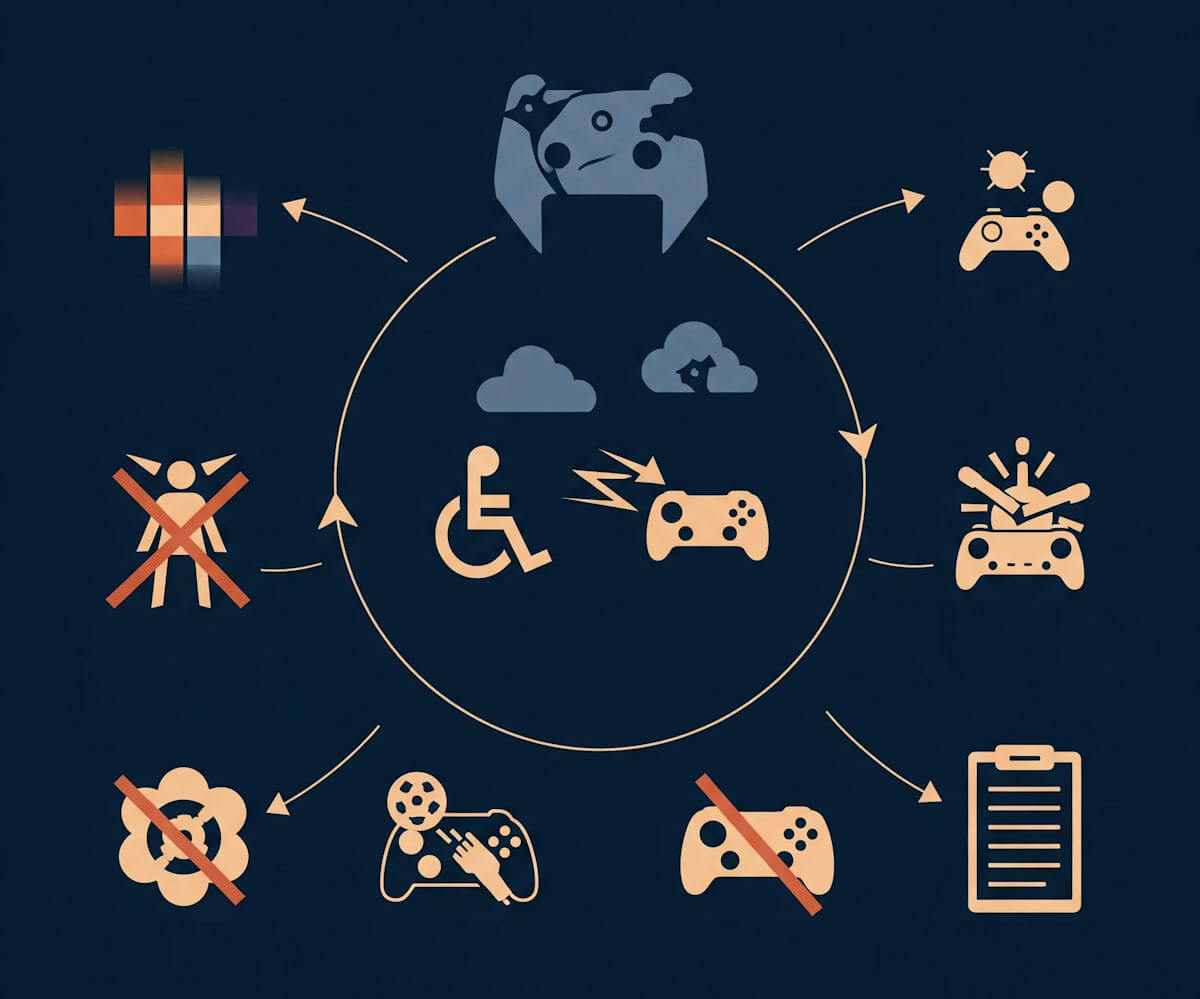
5 Common Accessibility Pitfalls in Game Design and How to Avoid Them
Introduction to Accessibility in Gaming Accessibility in gaming has emerged as a fundamental aspect of game design, garnering increased attention in recent years. As the gaming industry continues to evolve, it becomes increasingly vital to consider the inclusivity of diverse player demographics, ensuring that individuals of varying abilities can participate in and enjoy gaming experiences. Designers are now recognizing that accessibility should not merely be an afterthought or an additional feature; instead, it must be integrated into the core design philosophy from the outset. There are numerous disabilities that can influence a player's interaction with video games, ranging from physical impairments, such as limited mobility or dexterity, to cognitive conditions like dyslexia or autism spectrum disorders. Sensory disabilities also play a significant role, affecting players who may have visual or…

